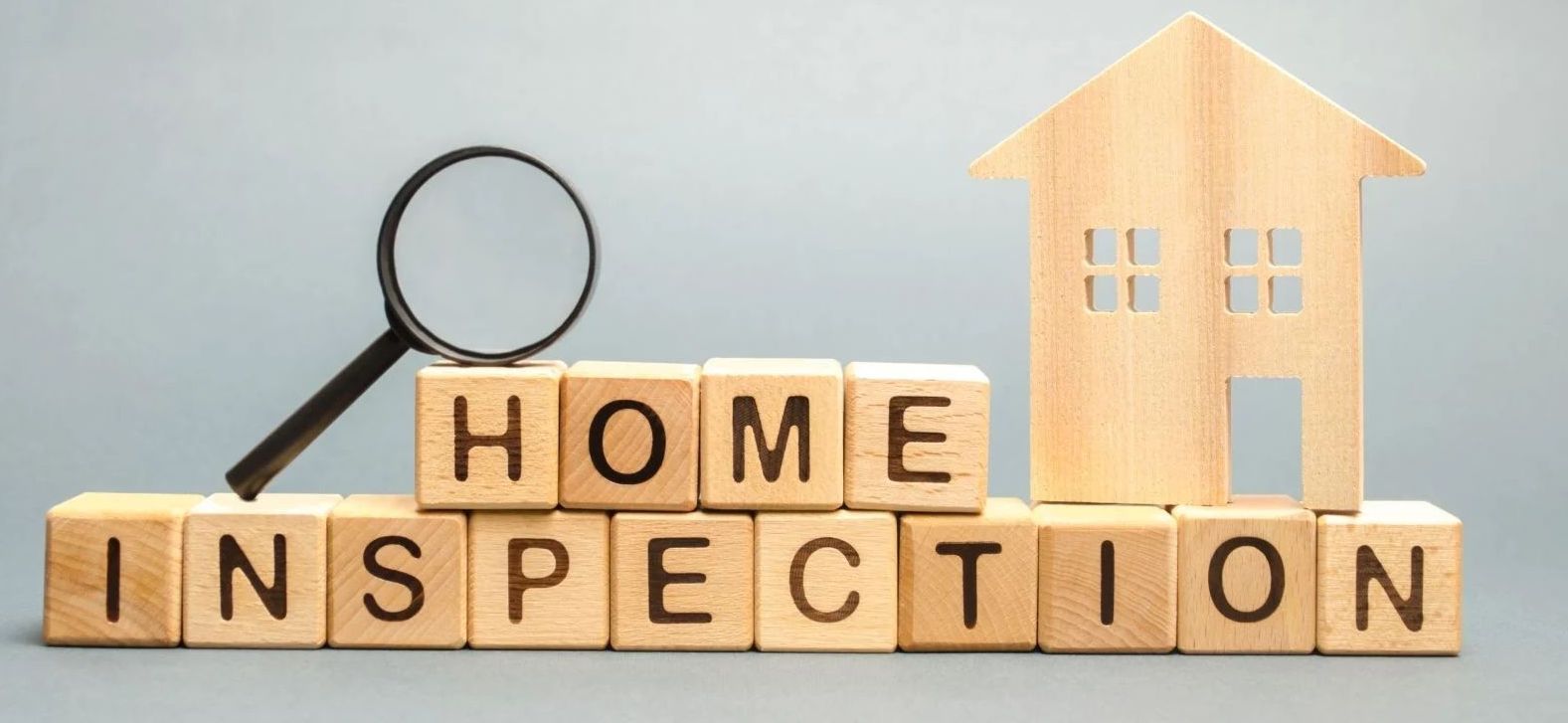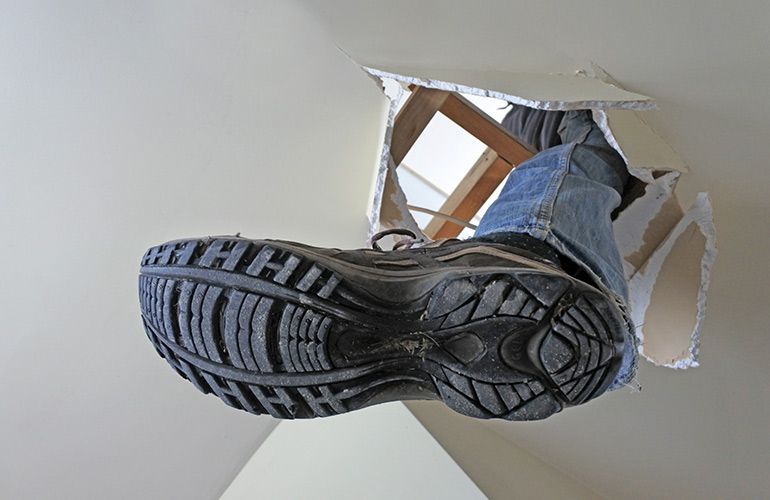Ross Nussle
March 12, 2025
Your Roadmap to a Stress-Free Home Inspection
Whether you’re selling your home, buying a new one, or simply maintaining your property, a home inspection can feel like a big moment. It’s the time when an expert walks through your space, scrutinizing every nook and cranny to assess its condition. For sellers, it can impact the sale. For buyers, it’s a chance to uncover potential issues. Either way, preparation is key to making the process smooth and stress-free. Here’s how to get ready for a home inspection like a pro.
1. Start with a Deep Clean
First impressions matter, even for inspectors. A clean home doesn’t just look good—it signals that the property has been well cared for. Dust off ceiling fans, wipe down countertops, and mop the floors. Pay special attention to areas that might get overlooked, like baseboards or the tops of cabinets. While inspectors aren’t grading your housekeeping skills, a tidy space makes it easier for them to focus on the structure and systems, not the clutter.
2. Declutter and Organize
Speaking of clutter, clear it out! Piles of boxes, overflowing closets, or a jam-packed garage can make it hard for an inspector to access key areas like electrical panels, water heaters, or crawlspaces. Move items away from walls and ensure pathways are open. Not only does this help the inspector do their job, but it also shows off the full potential of your space.
3. Check the Basics Yourself
Before the inspector arrives, play detective in your own home. Test all the lights—replace any burnt-out bulbs. Check faucets and toilets for leaks or drips. Make sure windows and doors open and close smoothly. These small fixes can prevent minor issues from showing up on the report and give the impression of a well-maintained property.
4. Tackle Minor Repairs
You don’t need to renovate the place, but addressing small problems can go a long way. Tighten loose doorknobs, patch small holes in the walls, and replace cracked outlet covers. If you’ve been meaning to fix that wobbly handrail or squeaky hinge, now’s the time. These quick repairs can reduce the number of red flags an inspector might note.
5. Ensure Access to Everything
Inspectors need to see it all—attics, basements, crawlspaces, HVAC systems, and more. Unlock gates, clear snow or debris from outdoor areas, and provide keys, if needed. If your water heater or furnace is tucked behind a wall of storage bins, move them out of the way. Restricted access could lead to an incomplete inspection, which might delay your plans.
6. Test Your Systems
Your home’s major systems—plumbing, electrical, and HVAC—are the backbone of the inspection. Turn on the heat or AC (depending on the season) to confirm it’s working. Run the dishwasher and washing machine briefly to check for leaks or malfunctions. If you have a fireplace, make sure the chimney is clear and ready for a quick test. Pro tip: Replace the HVAC filter if it’s dirty—it’s an easy win.
7. Gather Documentation
Paperwork can be a game-changer. Collect manuals for appliances, receipts for recent repairs (like a new roof or plumbing work), and permits for any renovations. Having this info handy shows the inspector (and potential buyers) that upgrades were done properly and professionally. Bonus points if you can provide a history of regular maintenance, like annual HVAC servicing.
8. Address Safety Hazards
Safety is a top priority during an inspection. Check smoke and carbon monoxide detectors—replace batteries if they’re old. Clear walkways of tripping hazards like loose rugs or extension cords. If you have a pool, ensure the gate latches securely. These small steps can prevent safety-related notes on the report.
9. Prepare the Exterior
Don’t forget the outside! Mow the lawn, trim overgrown bushes (especially near the foundation), and clear gutters of leaves. Inspectors will look at the roof, siding, and drainage, so make sure those areas are accessible and in decent shape. If there’s visible damage—like cracked siding or peeling paint—consider fixing it or at least noting it for transparency.
10. Plan to Step Away
On inspection day, it’s best to give the inspector space to work. If you’re the seller, consider leaving the house or staying out of the way. If you’re the buyer, attend if possible, but let the inspector lead. Bring a notebook to jot down questions or observations—they’ll appreciate the lack of hovering, and you’ll still get the info you need.
Bonus Tips:
- Pets: Secure them in a crate or take them out of the house. An excitable pup or curious cat could slow things down.
- Timing: Confirm the appointment and leave a little buffer—inspectors might arrive early or run late.
- Expect Imperfections: No home is perfect. The goal isn’t a flawless report but a fair assessment.
Why It Matters
A home inspection isn’t just a hurdle to jump—it’s an opportunity. For sellers, good preparation can boost buyer confidence and speed up the sale. For buyers, it’s a chance to understand your investment. By putting in a little effort upfront, you set the stage for a smoother process and fewer surprises down the road.
So, roll up your sleeves, grab a checklist, and get started. A little prep now can make all the difference when the inspector knocks on your door. Happy prepping!

























